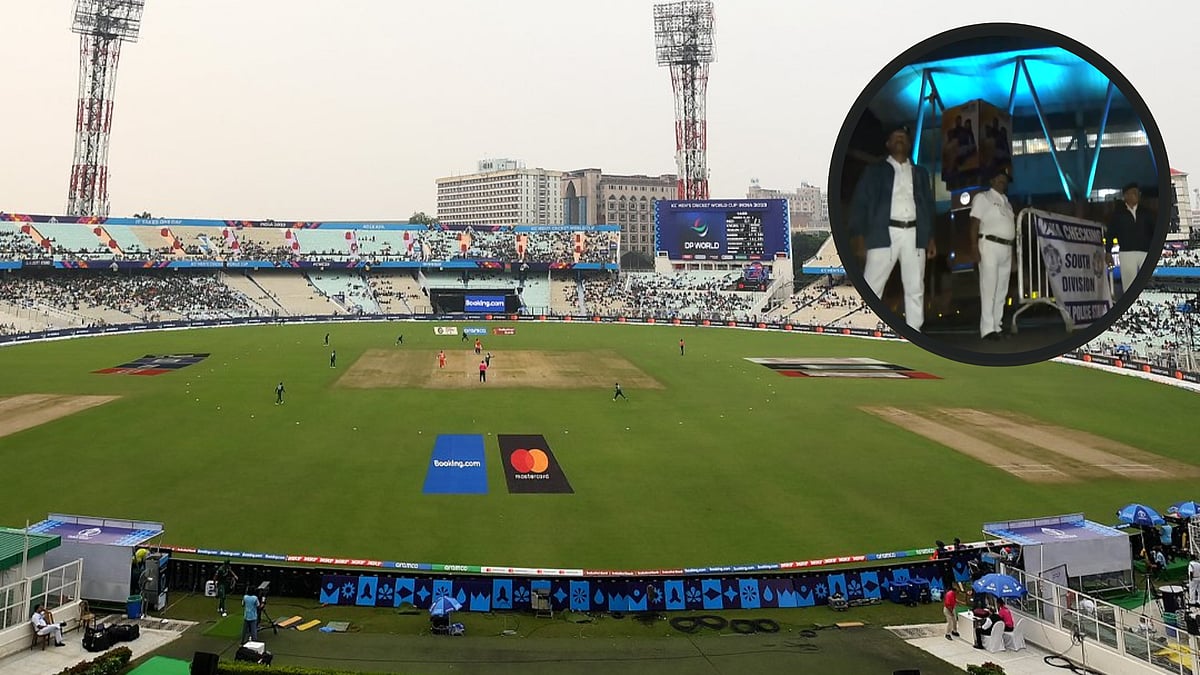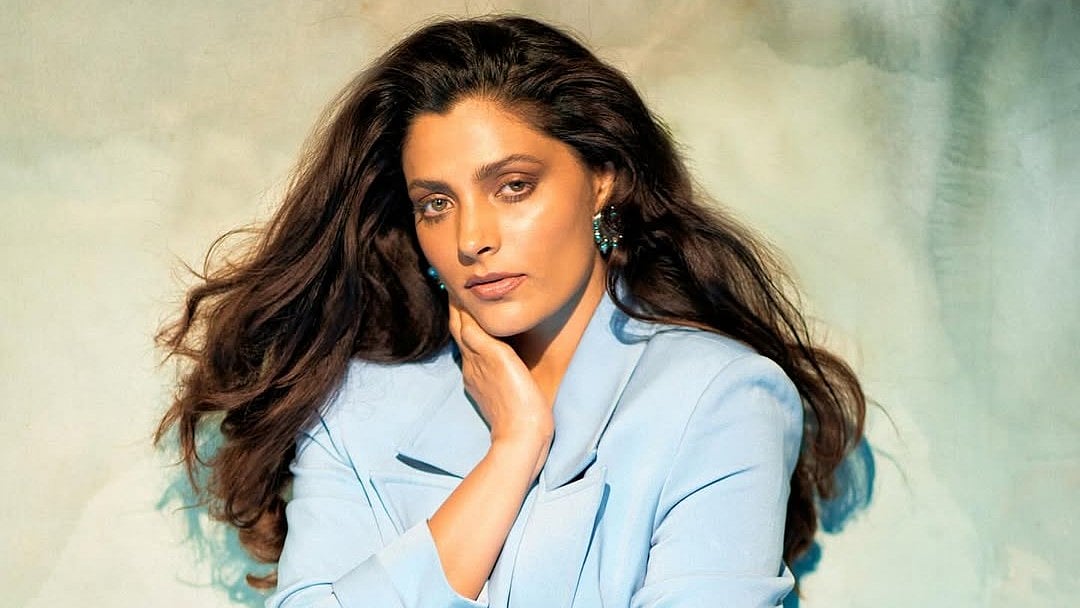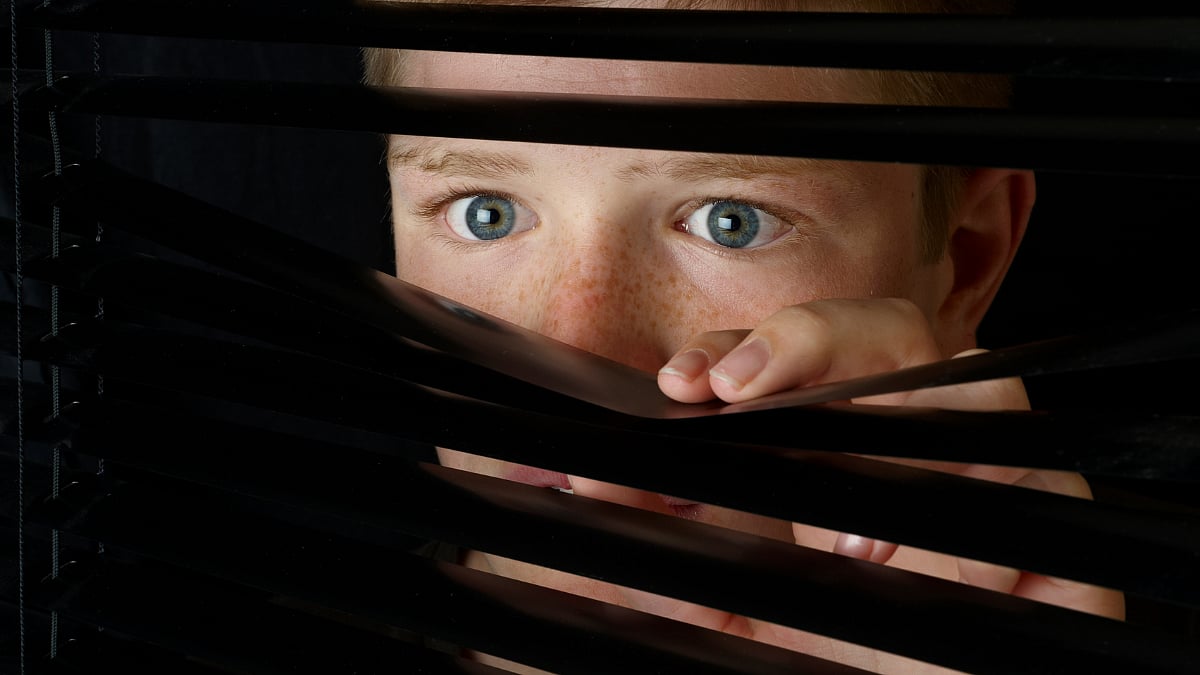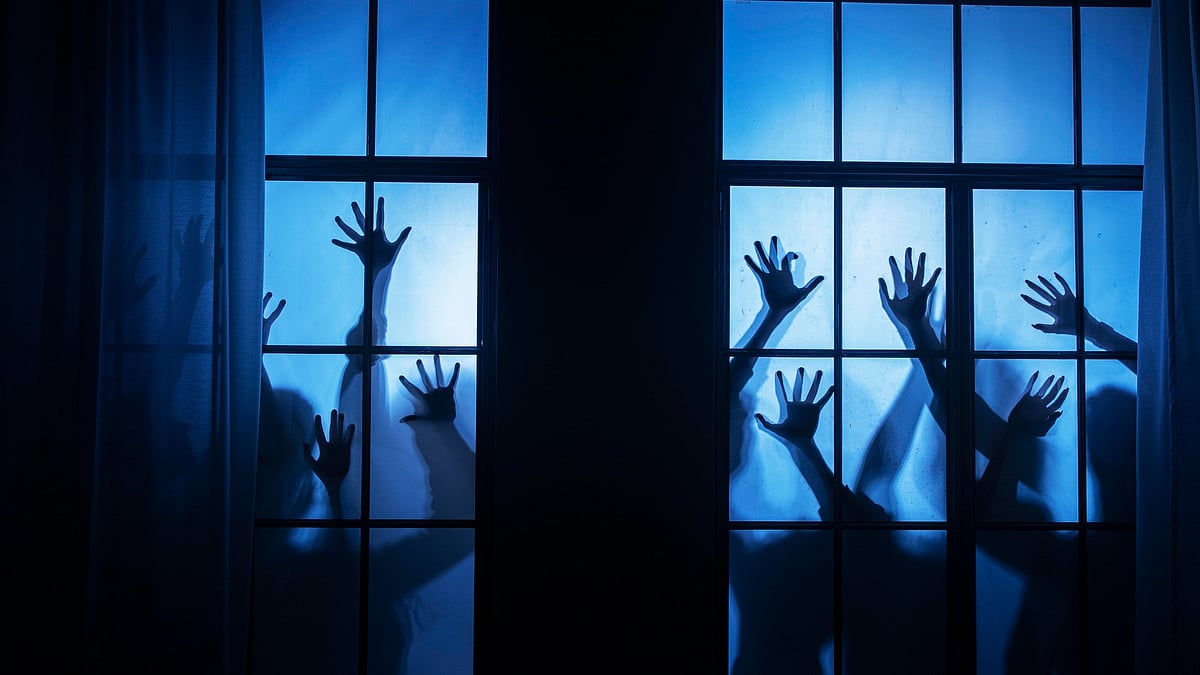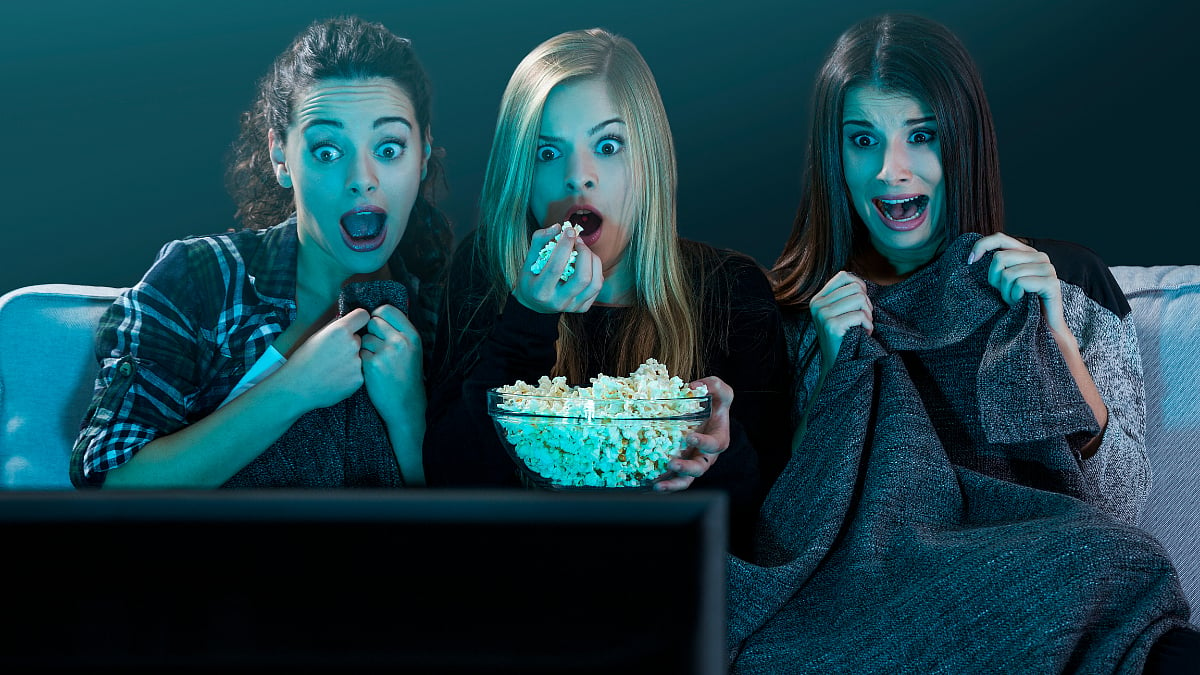Not very long ago, the internet broke with the morphed images of wrestler duo Vinesh Phogat and Sangeeta Phogat. The photo in question was not real — an Artificial Intelligence tool was used to edit the original image and put smiles on the faces of the wrestlers. The point got proved when the real images of the wrestlers also surfaced with wrestler Bajrang Punia filing a complaint against it. To tell you the truth, this is one of the many examples of AI-morphed images surfacing on the internet recently. For example, there were morphed images of Indian Prime Minister Narendra Modi surfacing online or ex-US President Donald Trump where he was seen in a middle of a fight.
In this world of AI, where it is becoming difficult to differentiate between humans and machines, it’s time to stay alert.
We bring to you five tips to help you identify AI-morphed images online.
Pay close attention to details
Today is not the age to trust anything and everything available online. To find out if the image is original or fake, make sure you pay close attention to the details of the image. Arihant Jain, Co-founder and CEO of AI-driven upskilling platform Seekho says, “It can be difficult to recognise an AI-morphed image, but there are a number of approaches that can assist you. A few of them include inspecting the image for out-of-place or distorted details and paying close attention to the lighting and shadows; irregularities might point to manipulation.”

He further says that as AI algorithms may have trouble accurately recreating fine details, we should also look for disparities in textures and patterns. “We should also consider the image’s context and look for contradictions with the image’s surroundings or its contents.”
Additionally, if the image contains faces, examine the facial features carefully. In some morphed images, facial features might not align properly or could appear distorted.
Quick points to remember:
Distorted faces in the background provide a hint that the image isn’t a real one.
Out-of-context facial expressions and overly textured or glistening skin are common indicators of AI-generated images.
Keep an eye on the hands of the person in the image as many examples have surfaced online where hands were misstructured using AI.
Abstract or blurry backgrounds are often giveaways. If the image has an abstract or blurry background, chances are it is AI-generated.
AI generative fill creates images based on the data fed, which can produce unusual patterns in the output.
Always, make sure you verify the source
This can be accomplished through a reverse image search, where you simply upload the picture on search engines such as Google Images or utilize tools like TinEye or Yandex to determine the image’s authentic source.
Examine the edges
Check for any irregularities or distortions along the edges of objects or people in the image. AI-generated images may not have perfectly smooth transitions between different elements. “One should carefully scrutinise the edges and bounds because AI morphing may leave behind tiny artefacts or inconsistencies. As AI algorithms may have trouble accurately recreating fine details, we should also look for disparities in textures and patterns,” Jain added.
Watch out for watermarks
Alankar Saxena, CTO and co-founder of Indian cryptocurrency exchange Mudrex, the company which has also come up with a generative AI tool as well, suggests keeping an eye out for watermarks is another useful technique to detect AI morphed images. Watermarks are often added by content creators or stock image websites to protect their intellectual property.

Some points to keep in mind:
If you suspect an image has been altered or generated using AI, check for the presence of watermarks in the image.
If the image contains multiple watermarks or logos, ensure they are consistent in terms of style, opacity, and positioning. AI-generated images may struggle to maintain consistent watermark appearances.
Examine if any objects or elements in the image appear to overlap with the watermark. Authentic images generally avoid such overlaps.
Pay attention to any signs of manipulation around the watermark area. AI morphing techniques may struggle to accurately handle the alterations near watermarks.
Verify that the orientation of the watermark aligns logically with the image’s content. An unnatural or skewed orientation might indicate potential manipulation.
Make use of AI detection tools
Sahil Chopra, CEO of digital marketing agency iCubesWire, suggests making use of AI detection tools to detect AI morphed images. Sounds interesting? An AI for AI? For example, Hugging Face, MorphCast, etc are some of the many AI detection tools that can be used to detect morphed images.
In short, these are quick tips to identify if the image is real or not. Make sure you are not deceived by AI and use it only in a good sense!



